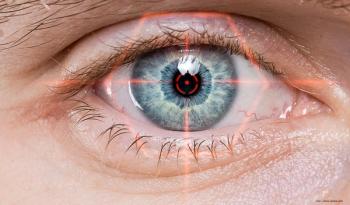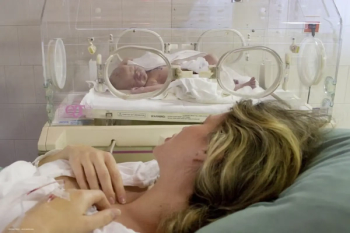
Avastin adjunct on the right track
NeoVista's epiretinal brachytherapy for wet age-related macular degeneration (AMD) increases the visual acuity of eyes treated with bevacizumab (Avastin) at 18 months, according to Phase II study results announced on September 29th at this year's Scientific Meeting of the Retina Society in Scotsdale, Arizona, US.
NeoVista's epiretinal brachytherapy for wet age-related macular degeneration (AMD) increases the visual acuity of eyes treated with bevacizumab (Avastin) at 18 months, according to Phase II study results announced on September 29th at this year's Scientific Meeting of the Retina Society in Scotsdale, Arizona, US. Epiretinal brachytherapy, a radiation therapy, delivers a targeted dose of strontium 90 directly to lesions up to 3 mm deep and 5.4 mm wide.
Researchers in the ongoing non-randomized, multicentre feasibility trial treated 34 eyes (mean patient age, 72 years) showing choroidal neovascularization (CNV) with an injection of bevacizumab, followed by a single dose (24 Gy) of the epiretinal brachytherapy. Patients received an additional dose of bevacizumab approximately one month later. Further bevacizumab injections were administered on an as-needed (PRN) basis.
Patients assessed at the 18-month follow-up point (n=25) showed a visual acuity (VA) improvement of 10.7 letters on the Early Treatment Diabetic Retinopathy Study (ETDRS) test. In total, 96% lost 15 letters or fewer and 76% gained letters. Of all patients, 44% gained at least 15 letters and 8% gained at least 30 letters.
The need for subsequent injections of bevacizumab was severely reduced: at 18 months, patients had received an average of 2.4 injections; injections are recommended at regular intervals of four to six weeks to treat wet AMD with bevacizumab alone. At 18 months, adverse events were restricted to vitrectomy-related problems and not to radiation toxicity.
The next phase of the non-randomized, multicentre feasibility study, CABERNET (CNV Secondary to AMD Treated with BEta RadiatioN Epiretinal Therapy), will be to evaluate the safety and efficacy of NeoVista's therapy with ranibizumab versus ranibizumab alone.
Newsletter
Get the essential updates shaping the future of pharma manufacturing and compliance—subscribe today to Pharmaceutical Technology and never miss a breakthrough.













































